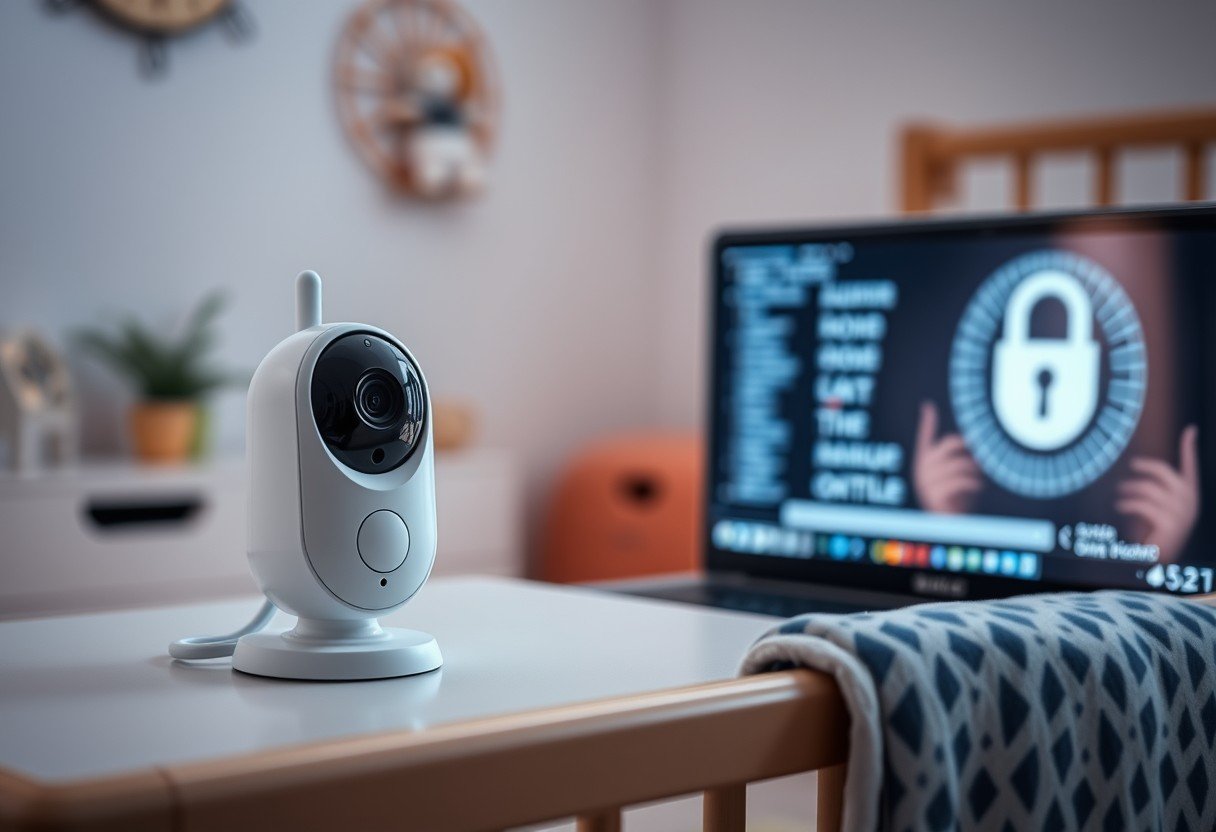Seeing your face peel after starting tretinoin can be alarming. Is it working, or is something wrong? This peeling happens because tretinoin, a powerful vitamin A derivative, rapidly speeds up skin cell turnover. This process pushes old, dead cells to the surface, causing flaking. While it might look concerning, it is often a sign the medication is doing its job. This guide will help you understand when to push through and when to seek advice.
Why Does Tretinoin Make Your Face Peel?
Tretinoin works on a cellular level to change your skin. Its primary function is to accelerate the life cycle of skin cells, telling them to divide and shed more quickly than they normally would. This rapid exfoliation helps unclog pores, reduce acne, and smooth fine lines.
The visible peeling you experience is the direct result of this process. It’s your body shedding the outermost layer of dead skin to make way for the new, healthier skin cells underneath. This initial phase, often called “retinization,” is when the skin is getting used to the medication.
For most people, this is a temporary phase. As your skin acclimates to the increased cell turnover rate, the noticeable peeling and flaking will gradually decrease over several weeks.
Is Peeling a Good Sign or a Bad Sign?
In most cases, mild to moderate peeling is a good sign. It indicates that the tretinoin is effectively penetrating your skin and starting the renewal process. Think of it as a necessary, though inconvenient, step toward achieving a clearer, more radiant complexion.
However, you must learn to listen to your skin. It is crucial to differentiate between normal peeling and severe irritation. If the peeling is accompanied by intense redness, burning, stinging, or painful itching, it’s a sign that your skin barrier is compromised.
This level of irritation means you need to pull back. Severe reactions are not something you should “push through,” as they can lead to further skin damage. Normal peeling might be annoying, but it shouldn’t be painful.
How to Manage Tretinoin Peeling and Dryness
Proper skincare is essential to manage the side effects of tretinoin and support your skin through the adjustment period. The goal is to minimize irritation while allowing the medication to work effectively. Focusing on hydration and protection can make a world of difference.
You should simplify your routine and eliminate other harsh products. This means pausing any other exfoliants, like glycolic acid or abrasive scrubs, which can worsen dryness and irritation. Your skin is already undergoing intense exfoliation from the tretinoin itself.
Here are a few key steps to incorporate into your routine:
- Gentle Cleansing: Use a mild, hydrating, and non-foaming cleanser. Avoid scrubbing your face; instead, use your fingertips to gently massage the cleanser and rinse with lukewarm water.
- Strategic Moisturizing: Apply a thick, barrier-repairing moisturizer to soothe the skin. Applying it to slightly damp skin helps lock in moisture more effectively.
- Sun Protection is a Must: Tretinoin makes your skin much more vulnerable to sun damage. You must apply a broad-spectrum sunscreen with at least SPF 30 every single morning, even on cloudy days.
This supportive care helps your skin tolerate the treatment better, leading to a smoother transition and better long-term results.
Adjusting Your Tretinoin Routine for Less Irritation
If the peeling is excessive and uncomfortable despite a supportive routine, you don’t have to give up. Often, a simple adjustment to your application method or frequency can solve the problem. It’s better to go slow and steady than to overwhelm your skin.
One popular method is the “sandwich technique,” where you apply a layer of moisturizer, wait for it to dry, apply your tretinoin, and then apply another layer of moisturizer on top. This creates a buffer that can reduce irritation without completely blocking the medication’s effectiveness. You can also reduce how often you apply it, starting with just two or three times a week and slowly increasing as your skin adapts.
Common Tretinoin Adjustments
| Symptom Level | Suggested Action | When to See a Doctor |
|---|---|---|
| Mild Flaking & Dryness | Focus on moisturizing; try the sandwich method. | Not usually necessary if manageable. |
| Moderate to Heavy Peeling | Reduce application to every other or every third night. | If it doesn’t improve after 1-2 weeks. |
| Severe Redness, Burning, or Pain | Stop using tretinoin immediately. | Consult your dermatologist as soon as possible. |
Always consult your prescribing doctor before changing the strength of your tretinoin. They can provide guidance based on your specific skin needs and reaction to the treatment.
When to Consider Alternatives to Tretinoin
Sometimes, even with careful management, tretinoin may be too strong for certain skin types. If persistent, severe peeling and irritation continue for weeks despite adjusting your routine, it might be time to discuss other options with a professional.
A dermatologist can assess your skin and determine if a lower concentration of tretinoin is needed or if a different type of retinoid, like adapalene or tazarotene, might be better tolerated. There are also many other effective treatments for acne and anti-aging that don’t involve retinoids.
Ingredients like benzoyl peroxide and salicylic acid are proven acne fighters, while azelaic acid can help with both acne and skin texture. For anti-aging, ingredients like peptides and bakuchiol are popular, gentler alternatives. A dermatologist’s expertise is invaluable in creating a treatment plan that works for you without causing damage.
Can I Wear Makeup Over Peeling Skin?
Yes, you can wear makeup while your skin is peeling from tretinoin, but you may need to adjust your products and application technique. The goal is to avoid highlighting the flakes or causing further irritation.
Start with a well-moisturized and primed base. A hydrating primer can help smooth the skin’s surface. Opt for liquid or cream-based makeup products, as powders can cling to dry patches and make peeling more noticeable.
When applying foundation, use a damp beauty sponge to gently press and stipple the product into the skin instead of rubbing or buffing, which can lift the flakes. Mineral-based makeup is also a great option as it is often less irritating for sensitive skin.
Frequently Asked Questions about Tretinoin Peeling
How long does the peeling from tretinoin last?
The initial peeling phase, or retinization period, typically lasts for about two to six weeks. As your skin gets used to the medication, the peeling should gradually lessen and eventually stop.
Should I physically exfoliate to remove the peeling skin?
No, you should avoid using harsh scrubs, brushes, or other exfoliants to remove the flakes. This can damage your already sensitive skin barrier and cause more irritation. Let the skin shed naturally and focus on gentle cleansing and moisturizing.
What is the best moisturizer to use with tretinoin?
Look for a gentle, fragrance-free, and non-comedogenic moisturizer with ingredients that support the skin barrier. Ceramides, hyaluronic acid, and niacinamide are all excellent choices to help hydrate, soothe, and repair the skin.
Can I stop using tretinoin for a few days if the peeling is bad?
Yes, it is perfectly acceptable to take a short break for a few days to allow your skin to recover if the irritation becomes too intense. Once your skin feels calm again, you can slowly reintroduce tretinoin, perhaps with less frequency than before.
Is peeling a sign that my tretinoin dose is too high?
Not necessarily, as some peeling is expected even with the correct dose. However, if the peeling is severe, painful, and doesn’t improve with supportive care, your dosage might be too strong for your skin to tolerate initially. It’s best to consult your dermatologist for advice.







Leave a Comment